- News
- Reviews
- Bikes
- Components
- Bar tape & grips
- Bottom brackets
- Brake & gear cables
- Brake & STI levers
- Brake pads & spares
- Brakes
- Cassettes & freewheels
- Chains
- Chainsets & chainrings
- Derailleurs - front
- Derailleurs - rear
- Forks
- Gear levers & shifters
- Groupsets
- Handlebars & extensions
- Headsets
- Hubs
- Inner tubes
- Pedals
- Quick releases & skewers
- Saddles
- Seatposts
- Stems
- Wheels
- Tyres
- Tubeless valves
- Accessories
- Accessories - misc
- Computer mounts
- Bags
- Bar ends
- Bike bags & cases
- Bottle cages
- Bottles
- Cameras
- Car racks
- Child seats
- Computers
- Glasses
- GPS units
- Helmets
- Lights - front
- Lights - rear
- Lights - sets
- Locks
- Mirrors
- Mudguards
- Racks
- Pumps & CO2 inflators
- Puncture kits
- Reflectives
- Smart watches
- Stands and racks
- Trailers
- Clothing
- Health, fitness and nutrition
- Tools and workshop
- Miscellaneous
- Buyers Guides
- Features
- Forum
- Recommends
- Podcast
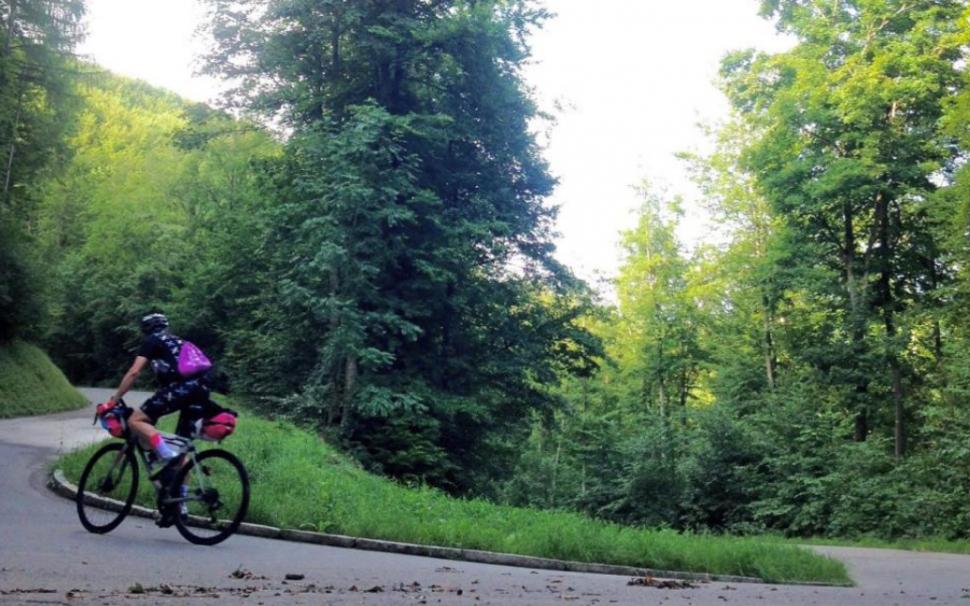 transcontinental-2017 switchback (1)
transcontinental-2017 switchback (1)What can we learn from ultra-distance cyclists? 9 tips to help you push your limits
Ultra-distance cyclists push the limits of their minds and bodies through such incredible barriers, exhibiting discipline and attitude that is awe-inspiring. You may have zero interest in completing, never mind competing, ultra-distance rides... but lessons can still be learnt from these experts in efficiency, mental fortitude and boundary pushing.
British ultra-distance specialist Josh Ibbett, who won the 2020 GB Duro, shared with road.cc some of the skills and techniques he has picked up from undertaking epic multi-day events, that can be transferred to rides of all distances. Whatever the length, whether you are interested in commuting or racing, it can all be applied.
“Long rides are all about management of everything", says Josh. "Bike, body and energy systems, fuelling and hydration. I can take all of this knowledge into shorter rides.”
1. Use a variety of route planning software
Having explored and ticked off many roads and dirt tracks in his time doing training rides as well as ultra-distance events, Josh has done a lot of route planning in a lot of different locations.
> Advice: How to plan and follow a bike route
When you haven’t been able to recce the route beforehand, Josh's main take-home is that it’s really important to learn what a good road or track looks like in map format, compared to reality.
For deciding on the route in his own rides, He says: “Google Maps is my favourite because you can’t go wrong with Street View.”
That said, Josh explains that he finds using different software can be better for different places.
> Buyer's guide: Best cycling apps — explore the ways your phone can help your riding
As an example, he claims that Komoot works perfectly for locating interesting dirt roads and gravel routes in Spain, and widely across Europe... except in England. Here, OS Maps is his preference (which can be found on Bing Maps) as this style of map shows bridleways: “Using other software that is based on algorithms doesn’t work in the UK for off-road. You end up going down footpaths or crappy tracks that aren’t really cyclable. It just ruins the ride.
"If you're not on local roads and trying to mix it up, you are relying on your map skills. Quite often roads can be named “X lane” but are actually nasty A-roads, so it’s good to be careful and properly check through the route before putting yourself through a bad’un."
2. Plan a route that suits your intended purpose and goal
Everything is strung out on long rides, and therefore decisions are somewhat exaggerated. A bad routing choice can tot up to a significant amount of time, and so options must be thoroughly considered.
For any outing, it’s important to think through what you want to achieve and the purpose of your ride, and plan accordingly. In ultra-races, Josh explains that when searching for efficiency, it’s sometimes faster and less effort to go around some hills rather than straight over on the obvious straight line.
On shorter rides, it might be that it’s better to start your route with an uphill drag as you find that helps you warm up quicker, and leaves you better able to attack the rest of your ride—even if it means your average speed is abysmal at the start. Or, if you're planning on doing long threshold efforts, weigh up if a short loop with lots of left turns, or one long but dead-end road, is better.
3. Copy other people’s rides as a starting point
With the sheer amount of roads that need to be checked when doing a long touring ride or trip, it can be an idea to streamline the process.
Josh says: “I look at other people’s rides for inspiration. If someone’s been somewhere I’ll take a bit of their ride, then maybe steal a little bit from a race route, and I’ll link it all together”.
Although this puts a fair amount of trust in the person who made it in the first place, Josh is of the belief that if they have done it, then it can’t be too bad. Anything interesting that does slip through can just be called an adventure!
That said, where possible it’s worth double-checking with the rider whether they experienced any significant issues with the route or, on the other side of things, if there’s a particular section they’d wholeheartedly recommend so you can ensure that part makes it to your final crop.
It doesn’t take too much time planning a route for a single short ride, but it's still nice to mix up the routes you do over the course of a week, month, year… and all this route planning can add up and suck your time. Using others’ routes can be useful for discovering new and exciting roads and dirt tracks, and saves you some work.
4. Don’t wait for an issue to set up your bike correctly
Dialling your bike set up is critical for avoiding injuries and maximising the limits you can push your body to. A little niggle on a short ride is going to become a much bigger issue as you increase the distance and the duration on your bike.
> Advice: Everything you need to know for pain-free cycling
Josh says: “If your cleat is in the wrong position or if your saddle is slightly too high, it might not be affecting you every day, but you’ll soon notice over time. After all, riding long distance finds your weak points.”
Ultra-distance cyclists experience these issues more easily and regularly as the conditions amplify any and every problem. So when doing short rides, if you don’t seem to be having any proper tickles or pains, that doesn’t neccessarily mean you have the completely right set-up for you. Problems can sneak up on you, and recovery time can be a nuisance.
> Advice: The importance of a bike fit and riding position
Having a bike fit so that your riding position is perfected, as much as it can be, is worth doing. You can avoid bigger problems down the line, and will be able to increase the distance whenever you like—well, as much as your physical strength and cardiovascular systems will allow.
5. Don’t have a specific plan, have a general plan
You’ve probably heard this cliché, but as Josh reiterates: “You can make the best laid plans and it’s just going to change within hours.”
He recommends following a less specific idea of what you expect your ride to be, as well as preparing for spontaneous conditions and challenges that might come with it: “You can only half-predict things, so you should never make assumptions. If you have a general plan for everything when something happens, you can just deal with it.”
> Advice: Training in the dark
Let’s talk about the weather, because that’s a pretty common uncertainty on any length of ride. You haven’t been properly christened as a cyclist if you’ve not left for a sunny ride to get absolutely soaked... yep, that’s British weather for you!
A rain coat, or at the very least a gilet, sits in Josh’s pocket whenever he leaves for a ride: “I have been cold and wet too many time to want to risk it. It’s always sunny at home isn’t it."
> Advice: The secrets of riding in rain
Whether you haven’t got the right tools or kit with you, or your head is expecting one thing and something else gets chucked your way, you can take a real mental dive if you aren’t prepared: “You should expect it to be different and then just deal with the consequences. It’s a different mindset and with it you don’t get caught out", Josh adds.
Particularly with gravel explorations, events can snowball a lot quicker: “When it comes to off-road riding, if you plan for it to be dry and dusty and then it rains and becomes muddy, it can take two or three times longer. If you don’t have back-up food because you weren’t expecting it to take so long, you can end up in a bad place and more likely to quit.”
> Buyer's guide: Best gravel bikes
Being prepared for unexpected issues, both physically in terms of taking spare layers, tools and nutrition, and mentally in terms of realising it could happen, is incredibly important for keeping yourself in a good space and completely the ride. No matter what.
6. Pay attention to your emotions on rides: it does mean something
Emotions are going to be a lot harder to control in the situations ultra-riders put themselves through. This means they have to be more aware of the reasons behind the fluctuations and know how to tackle them.
“A lot of it is about going out and pushing your body, but then realising what’s gone wrong afterwards and working out how you can overcome it", says Josh.
Reflecting on his experiences in 2014’s Transcontinental Race, that took place towards the beginning of Josh’s adventures with ultra-events, he admits: “Emotionally that race was a massive rollercoaster for me. The highs were super high, and the lows really low. I’d go from hysterically happy to pretty much wanting to cry. At these moments I was ready to quit but then I realised I had to ride another 100 miles to get to a train station.
“It was only afterwards when I thought about it that I could link those emotions back to physical issues like lack of food or sleep, or dehydration.”
By doing this, Josh says that for the 2015 Transcontinental Race, he was able to keep the wave of his mental state a lot flatter: "I could almost predict what was happening and so when you do something about it, like having some sugar or a drink of water, it gives you the confidence it’s going to pick up”.
Although on a tighter timeline, paying attention to how you are feeling on shorter rides is also worthwhile in maintaining a monitored and controlled performance.
7. Have some spare space in your bags when you set off
Whether this is your commuting rucksack or bag that you take to work, the bag you take to races or events, the bikepacking bags you take on a longer adventure, or even just your saddle bag and jersey pockets, all the same principles apply.
> Buyer's guide: Best bikepacking bags
Josh says: “When you pack at home, everything is neat, tidy and clean. It all fits nicely and is perfect.”
But lets face it, that doesn’t last like that for long. As soon as you need something and it’s not quite in the right place, boom… you’ve got yourself a kit explosion. You are now doomed, with zips a-bulging that are also going to do no good for the lifespan of your bags.
To avoid such issues, Josh stresses: “Always take a bigger bag, you will definitely fill it.”
But let’s say you are one of those patient beings who is able to diligently roll everything compactly back into the vacuumed shape it once took, there’s still good reason to give yourself a bit of wiggle room. Why? For one simple but incredibly important reason... food. Okay, so this is probably more relevant to bikepackers who don’t come across as many supermarkets and need to stock up - but it's essential for anyone to have an adequate stash of nutrition at the ready, so energy levels don’t dive bomb. Having space for storing back-up food is always sensible.
8. Let your kit order itself in your bags
There’s no point stressing over the perfect order of kit in your bags before you set off on your commute or adventure, says Josh:
"The order is definitely important, but it’s your own and lot of it is down to experience. Stuff gets in the right order over time. If you are taking certain things out more often, the stuff you don’t really use just inevitably finds its way to the back.
“You know what layers you want to wear in what condition. It might be that you prefer to wear a gilet more often than a rain coat, so your rain coat is further down. Equally, you probably want your rain coat easily accessible for when it gets bad as you don’t want to get caught out.”
9. Settle into a routine that works for you, and stick to it
Like a time trial, efficiency and optimisation in all areas is key in ultra-races. Critical to this, Josh finds, is getting into a routine:
“It’s the same thing every day: what time you wake up, eat breakfast, lunch and the rest. You do things in the same order and that helps you get used it to. For the first few days it is hard, but soon everything has its place it becomes quick and easy.”
> How to make the most of riding solo: get maximum benefits from training alone
Not having to think about things saves time, and can give your mind and body the much-needed rest it needs, adds Josh: “You are aware of where everything is and your body knows what is going on as well. It becomes a new normal and it’s hard to stop."
To help getting going for any ride, having your kit ready to go, where you expect it to be, is sensible. It’s easy to get frustrated if you can’t find something, and this can ruin your mood ahead of the ride. In extreme cases, it could even stop you in your tracks before you’ve even rolled the wheel out the door. By putting in some extra thought beforehand, regarding appropriate places to store your kit and when the ride slots best into your schedule, you can really optimise the time in your day for riding. You could even end up with more actual riding time, which is a big win in our books!
Have you learnt anything from doing long rides that you now do for shorter outings? If you have any tips to add, let us know about them in the comments below...
Anna has been hooked on bikes ever since her youthful beginnings at Hillingdon Cycle Circuit. As an avid road and track racer, she reached the heady heights of a ProCyclingStats profile before leaving for university. Having now completed an MA in Multimedia Journalism, she’s hoping to add some (more successful) results. Although her greatest wish is for the broader acceptance of wearing funky cycling socks over the top of leg warmers.
Latest Comments
- Hirsute 1 sec ago
But what is the small print for mileage, state of the vehicle after 2 years? Lots of potential extra costs....
- Rekrab 16 min 31 sec ago
MORE LANES, MORE LANES!!!!
- Simon E 23 min 11 sec ago
The numbers don't tell anything like the whole story....
- Simon E 54 min 17 sec ago
Just squirt some thick grease all over his side windows and door panels. If you're feeling really uncharitable you could throw some sand at the...
- David9694 1 hour 34 min ago
check under 'W'for "What cars do to people"
- quiff 2 hours 14 min ago
Fascinating - I have always thought Hersheys has a whiff of vomit about it!
- Global Nomad 2 hours 15 min ago
good to see you're testing the farsports wheels - hope to see road.cc continue to expand the range of brands it considers. These or the shallower...
- chrisonabike 2 hours 18 min ago
Duly triggered! (At least "it's comedy!" though)....
- chrisotherwise 2 hours 49 min ago
Sadly very normal. And the sand contains loads of evil little shards of flint.
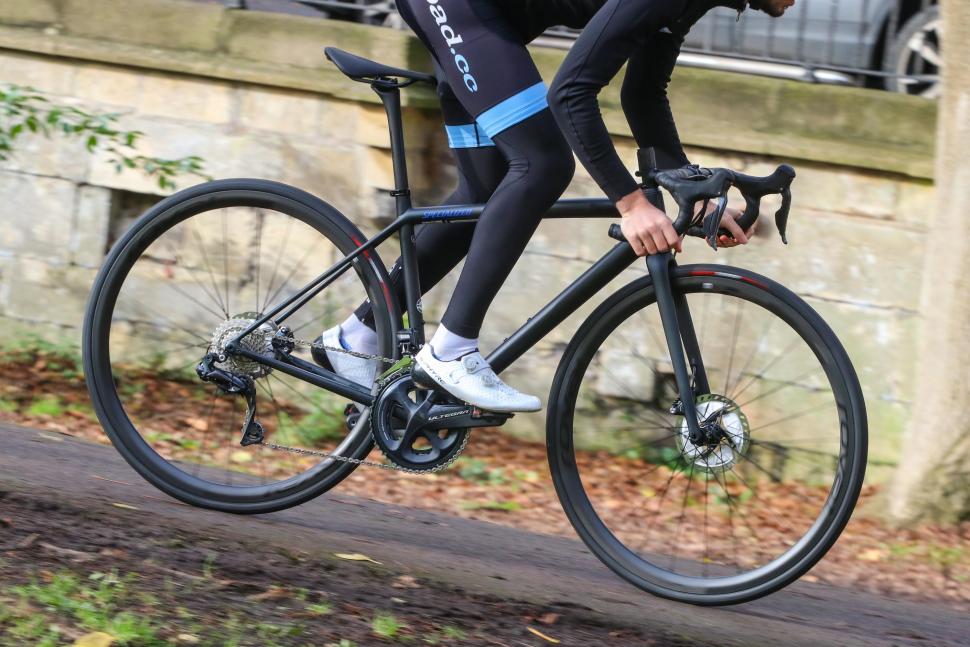
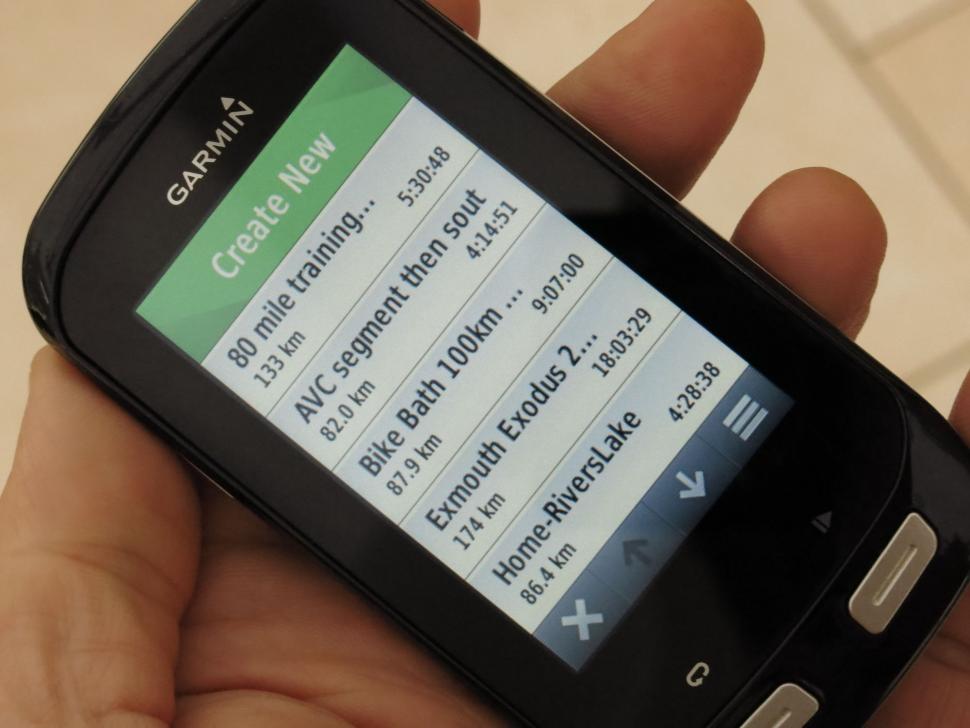
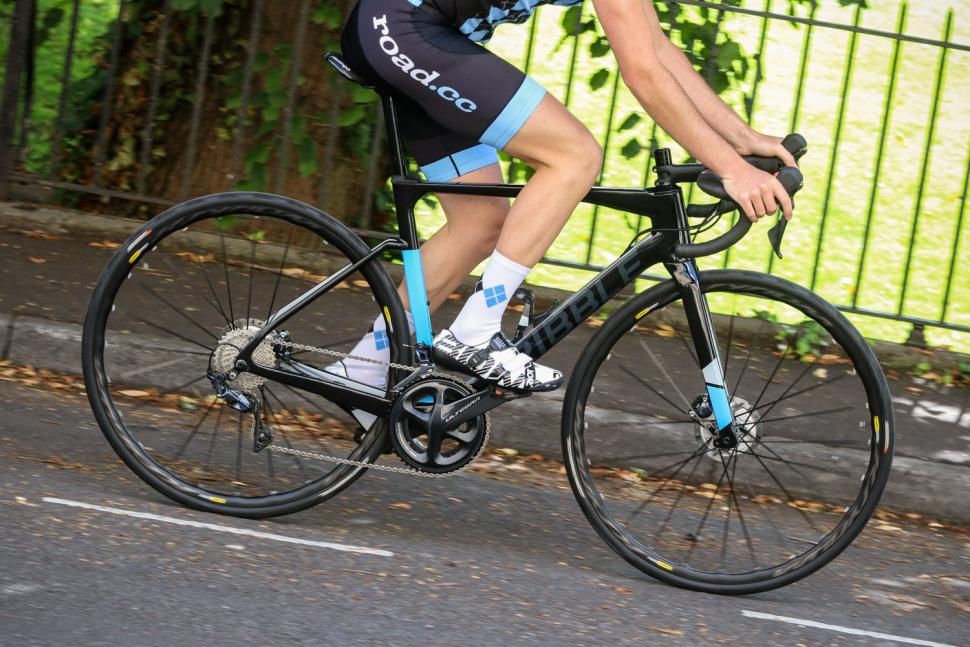
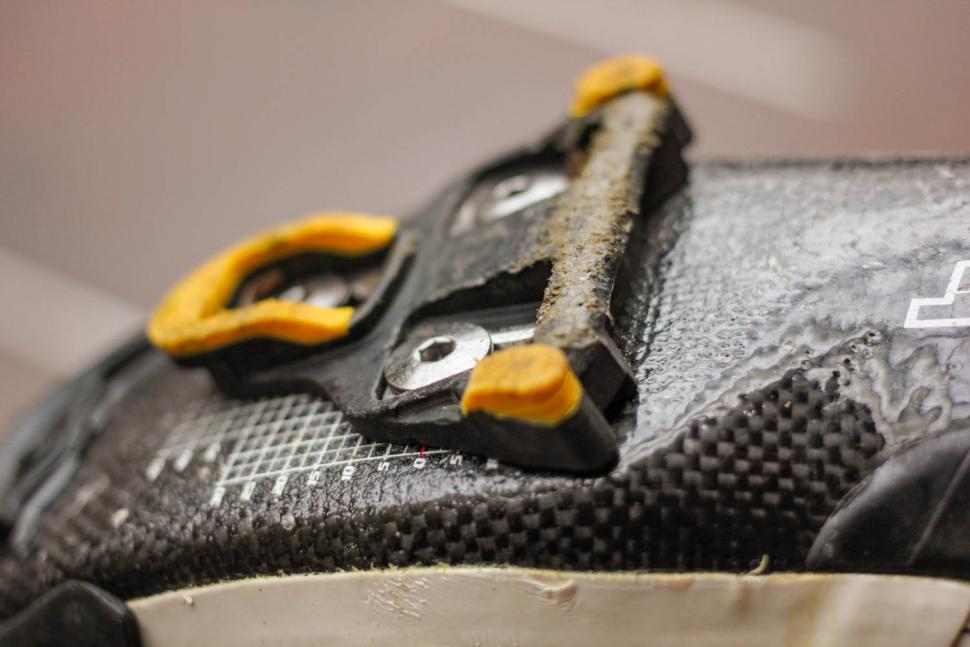
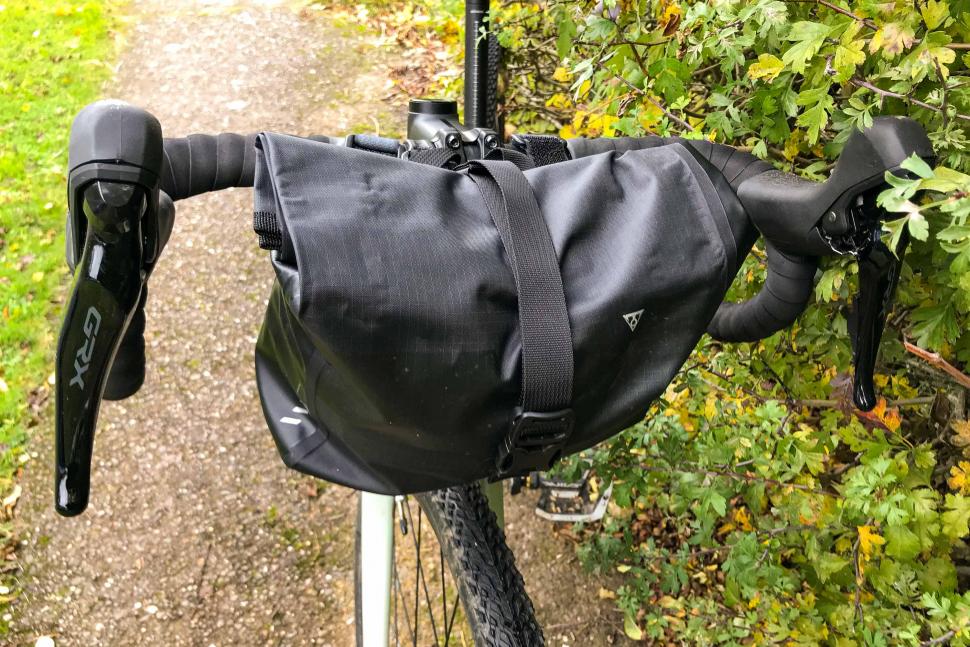
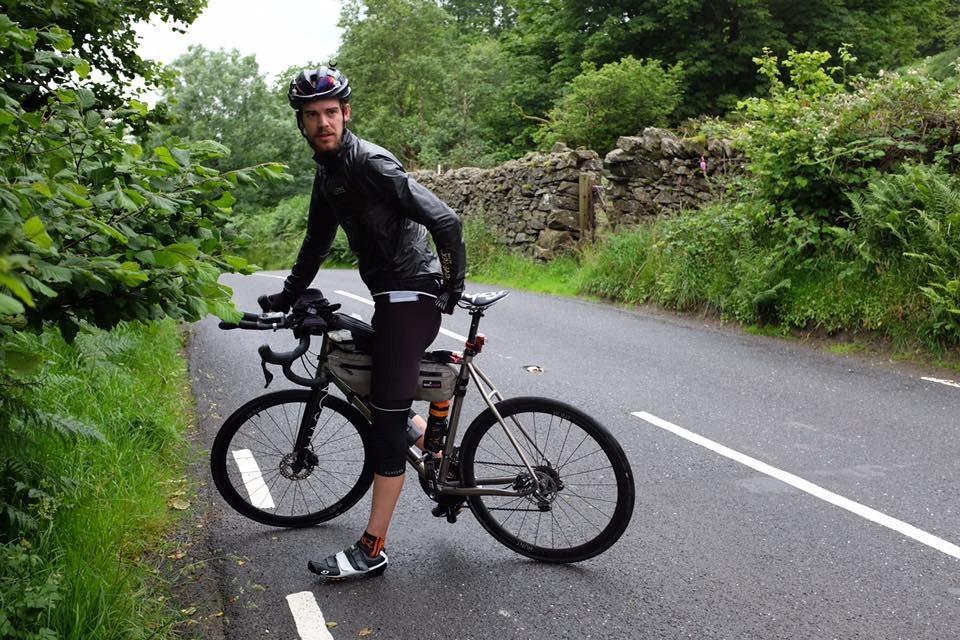
Add new comment
6 comments
I would add: remember that you get stupid as you get tired and sleep-deprived. Think every decision through three times or more at that point.
Stupider. The stupid bit was deciding to do something that leaves you tired and sleep-deprived in the first place.
Audax is the answer. You'll be amongst seasoned cyclists who'll be delighted to share what they know. And price wise it's an absolute bargain.
Plan food and drink stops, check they're going to be open and carry some form of backup just in case. Running on empty is the worst time to discover that pretty as it may be, "Little-in-the-Middle-of-Nowhere" doesn't have a 24 hour convenience store/petrol station/super market, and the lovely looking pub that it does have is closed on that Monday.
Always have backups: A copy of the route on your phone as well as the Garmin. Two chain links not just one. A few cable ties. Gaffa tape round the pump. 3 tyre levers.
its interesting that all of this really comes down to having a good state of mind and avoiding frustration - resiliance and flexibility...planning only takes you so far..